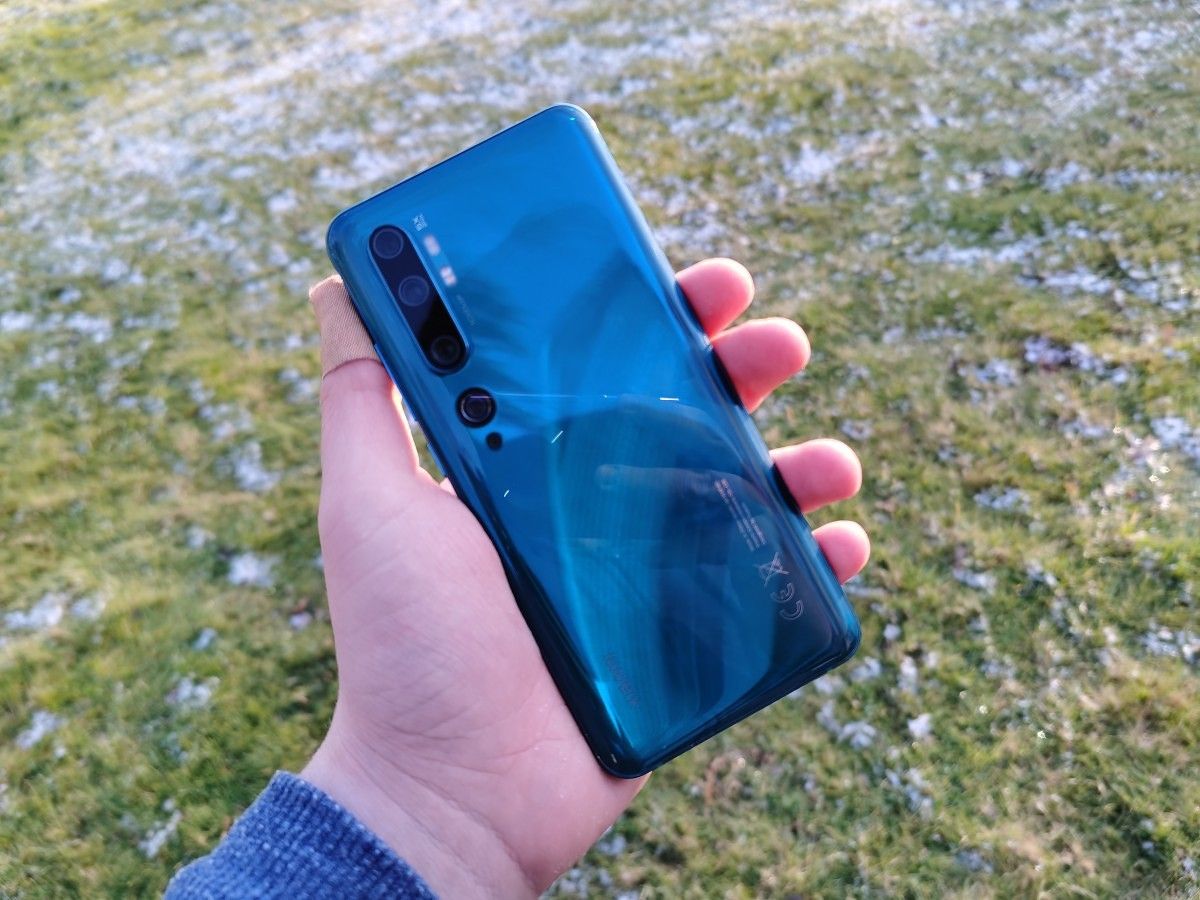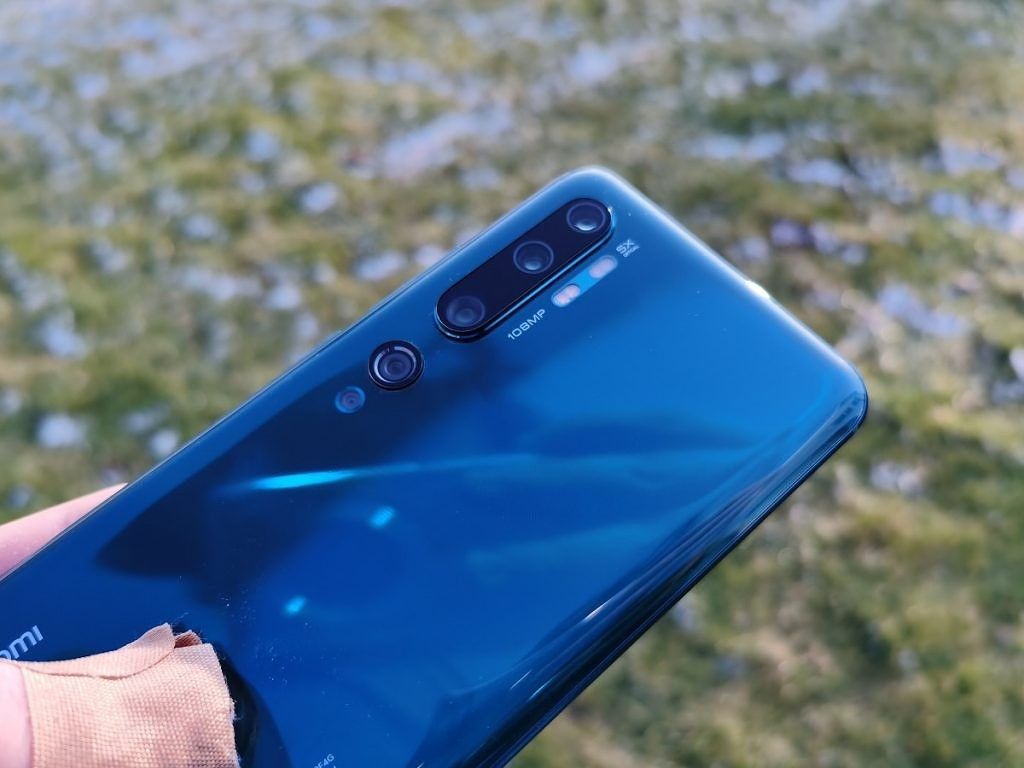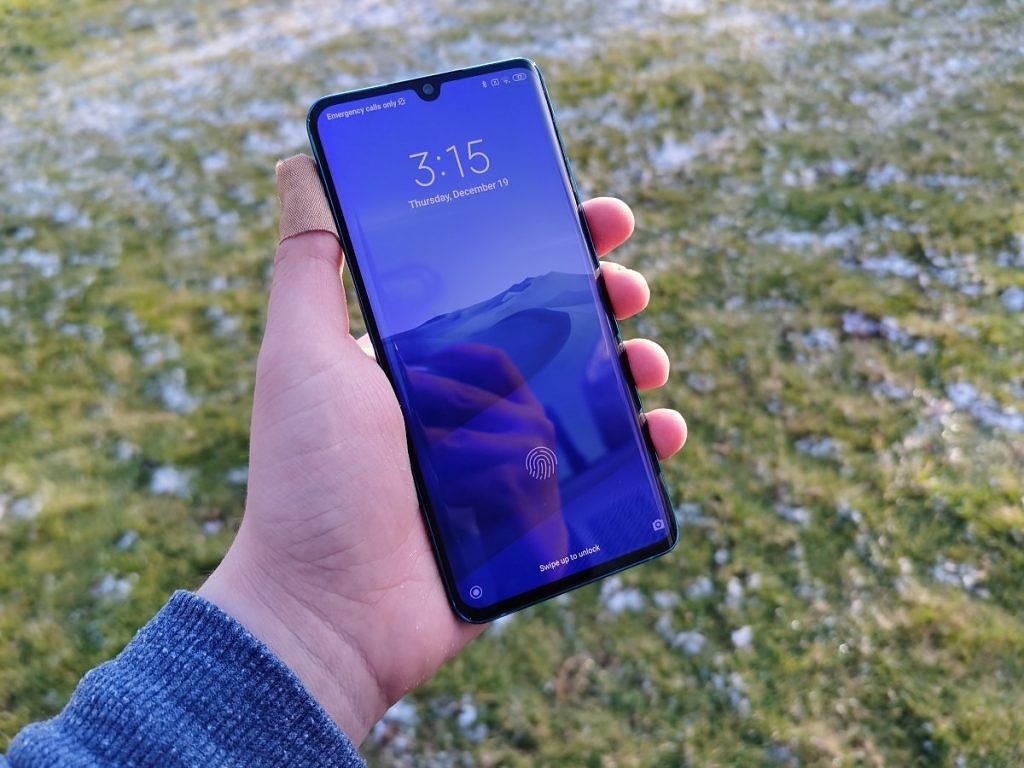The Xiaomi Mi Note 10 was the first phone to launch with the Samsung Bright HMX 108MP camera sensor. It is an interesting phone, for sure. I've had it for about a week and my first impressions are all around great, so let's get into it.
This phone is Xiaomi's latest mid-range phone and it's honestly one of the most exciting phones of late 2019. It doesn't have the best specs or display, but it has a great camera setup. It has five - yes, five - cameras all for different use cases. It makes it one of the best and most interesting camera phones in 2019. The 108MP sensor along with the zoom lens, wide-angle, and macro lens all make it a jack of all trades and a camera I want to bring around with me.
|
Specification |
Mi Note 10 Series |
|---|---|
|
Dimensions and Weight |
|
|
Display |
|
|
SoC |
|
|
RAM and Storage |
|
|
Battery |
5,260 mAh |
|
USB & Charging |
|
|
Rear Camera |
|
|
Front Camera |
32MP |
|
Additional Features |
|
|
Android Version |
MIUI 11 based on Android 9 Pie |
Hardware
The Xiaomi Mi Note 10 has pretty basic hardware for a 2019 mid-range phone. It comes with a Snapdragon 730G, which is a really good mid-range CPU. The GPU is an Adreno 618 which is no slouch for light gaming. It has 6GBs of RAM with 128GBs of storage. It has a huge 5,260 mAh battery. This battery also supports fast-charging up to 30W. This is likely thanks to the thickness of the phone: a chunky 9.67mm at the thickest point of the camera. The reason it is so thick is because of the 108MP main shooter.
The 108MP camera isn't the only camera, though. It also comes with a secondary 20MP ultra-wide lens. The third sensor is a 5MP 5x optical zoom lens with 10x hybrid zoom and up to 50x digital zoom. Xiaomi didn't stop there, they included a 12MP dedicated sensor specifically for portrait shots. Lastly, Xiaomi includes a 2MP macro lens for close up shots. It is an insane camera setup, but more on that later.
The display is also really good. Xiaomi made the right move and threw in a 6.47" FHD+ curved OLED display. It is a very good display. I can usually tell when a display isn't high enough resolution, but I don't have that issue with the Mi Note 10. The display is very good. Under the display is an optical in-display fingerprint scanner. Interestingly enough, the light is white instead of green. Sadly, there is no high refresh rate, but that isn't needed as the device makes up for it in other aspects, specifically the camera.
The body of the phone comes in at a length of 157.88mm and a width of 74.2mm. It is, as I mentioned before, 9.67mm thick. So clearly, this is a large phone. Luckily the phone is so large that Xiaomi was able to fit both a headphone jack and an IR blaster, milled into the aluminum body. Wrapping around that body you find two pieces of Gorilla Glass 5, but despite the glass back, Xiaomi did not include a wireless charger.
On the bottom left of the phone, we have a single mono-firing speaker. In the center, Xiamoi placed the USB Type C port. To the right of that is the 3.5mm headphone jack with HiFi audio support. I was able to test this with some Sony XM3 headphones over an AUX cable and it definitely sounds better than most other headphone jacks, well, those that still exist in modern flagships. On the right side of the phone, there is a power button under the volume rocker. On top of the phone, there is a single IR blaster off to the right of the phone.
All around the hardware of the Mi Note 10 is fairly good. It has the processor and hardware to make a great phone. Every part of the phone feels premium, especially for the $600 USD price tag.
Impressions
The Xiaomi Mi Note 10 is actually a pretty fast phone to use, even though it doesn't have a flagship Snapdragon chip. The Snapdragon 730G can easily handle day to day use and some light gaming. I haven't noticed any slowdowns or lag. The animations do look slightly worse than a phone with a flagship processor, but that's it. It handles apps very quickly. There are no slowdowns and apps open quickly. The GPU isn't the most powerful in the world, so don't expect 60fps in many games. It just can't handle it.
The battery on the phone is massive in size. Again, it has a 5,260 mAh battery, which is gigantic for a phone in 2019. This large battery doesn't translate to anything insane, sadly: battery life is above average at best. Normally, I get around 6 or 7 hours screen on time. On the Mi Note 10, I'm getting around 7.5 or 8 hours. This isn't miles better, but it's better none the less.
The audio quality out of the speakers is just fine. The phone doesn't have stereo speakers, so it's not going to be the loudest or sound the best. It's not too good nor too bad, but it will be enough for YouTube or some casual music. The audio quality through the HiFi headphone jack is much better, though. It sounds really good when connected to headphones, the DAC in the phone is great and having a headphone jack in 2019 is refreshing.
The in-display fingerprint scanner is something that I have a tough time using. It isn't always fast or consistent: it feels pretty slow at points, but it doesn't fail. It just doesn't scan quickly. It's definitely slower than something like the OnePlus 7 Pro's or Huawei Mate 30 Pro's in-display fingerprint scanner. Something that might make a difference is actually the color of the light. Green lights have been used in optical in-display fingerprint scanners for about a year now, and they are very fast. All of the fastest optical scanners I've used have been green. The white light in the Xiaomi Mi Note 10 just feels slower, and I think the white light might be one reason for that.
Camera
The Xiaomi Mi Note 10 isn't a camera slouch. It has a penta-camera setup. This means 5 different camera lenses with 5 different uses. Starting with the main sensor, we have the 108MP Samsung Bright HMX sensor. Next, we have a 5MP zoom lens that can zoom in up to 50x. Xiaomi also includes a 20MP ultra-wide lens for great wide-angle shots. After that, there is a 12MP sensor meant for portrait shots and a 2MP sensor for macro images. That's a lot of cameras, right? Yeah, it's a lot. It's great to have variety, but the question is: do these cameras take good pictures? The answer is "sort of".
The reason the answer is "sort of" instead of yes or no is because of that 108MP sensor. It isn't really that great. It can truly take some detailed shots, but not throughout the entire frame. The center of the frame is always more detailed than the edges of the frame. It gets very soft and looks like there is some noise reduction around the edges. You might think this is a nit-picky complaint, but it really isn't. It just results in much worse pictures. Below are two crops from the same picture. The first one is almost dead center. The second one is a crop from the far right side of the frame. You can very clearly see the difference in detail and noise. The center of the frame just has so much more detail, even for cropping in all the way.
This isn't a huge deal as the normal picture looks fine, but it also removes the cropability that you would hope for with a 108MP sensor. The picture it outputs, uncropped, looks fine. It's totally Instagram ready, but the trees and grass are a mess. So is the stone. The cloud looks fantastic, but that's also where the most light is coming from. Below is the full image, but it is compressed. You can check out the full resolution image on Google Photos.
Next, we get to the normal camera mode. It is actually pretty easy to use. You have 5 dots at the bottom of the viewfinder which lets you select each camera. It always defaults to the main 108MP sensor. In this mode, the 108MP sensor will only take 27MP photos. This is because of pixel binning. It takes 4 pixels and merges them into 1. This theoretically results in more detailed photos and better low light pics. In the daylight, 108MP photos might be a bit better. In reality, it depends on how good the camera software from the OEM is. For example, HDR doesn't work while taking 108MP photos. You need to be using the main mode, which means 27MP pictures. A bit annoying, sure, but not world ending.
To start out, the macro lens. It's actually a really cool lens to have. It allows a bunch of funky shots you wouldn't be able to take otherwise. If you don't know what a macro lens does, it lets you get really close to objects and keep them in focus. The only issue I have with this camera is the 2MP sensor size. It results in some very soft photos lacking fine detail. This means a lot of the pictures you take out of the lens are just OK, not great.
The ultra-wide-angle lens is very good. It's super wide and takes some amazing photos. The photos do end up looking a little washed out, but this is fine as you can easily bring back a lot of the color and saturation by editing the photo. It still retains a lot of detail and looks pretty realistic. It looks pretty good and I can't really complain about the ultra-wide camera.
The 5x zoom lens with up to 50x zoom is also really good. There are a few other phones with zoom like this. The OPPO Reno 10x and Huawei P30 Pro come to mind. Both of these devices have very good zoom, and the Xiaomi Mi Note 10 joins the group. It also has a great 50x zoom lens. I would go as far as saying the best zoom lens. It uses hybrid zoom by combining the 5MP and 108MP sensors. It ends up with a fantastic 5X zoom photo. There is also 2X zoom which is awesome as well, but just doesn't zoom in as far, of course.
All of the lenses on the Mi Note 10 are fantastic, but there are still some other modes to the camera, like night mode. The 108MP sensor should theoretically result in fantastic night mode pictures because of pixel binning, but in reality, it isn't that great. This is because Xiaomi is only binning 4 pixels in a 2x2 pattern. This still results in a high megapixel count with smaller-than-normal pixel size. In the end, you get a minimal night mode. This is what I was talking about earlier with camera software: Xiaomi's night mode isn't amazing, but its hardware is. Sadly, the hardware doesn't fully make up for the lacking software.
The Xiaomi Mi Note 10 has an insane setup. No setup is without issues, though. The Mi Note 10 really lacks in its night mode and the main shooter does have some issues. Those are easily workable, though. In short, the camera is a total powerhouse.
Conclusion
This phone is all around insanely good. I really like every part of the device from the display to the headphone jack to the camera. It is a phone that makes me want to keep using it, as it has everything you would ever need in a phone, especially in the camera department. Everything from the hardware to the software to the processor to the camera makes you feel like you are getting a lot for the money. Xiaomi really did well with this phone, and I am thoroughly impressed by it.
Use coupon code GBXMNT10BF to get the Mi Note 10 for $427.99
If you want to pick up this phone, you can pick it up from our sponsor, Gearbest. They provided the phone for our review but had no input over the content of this first impressions piece.




